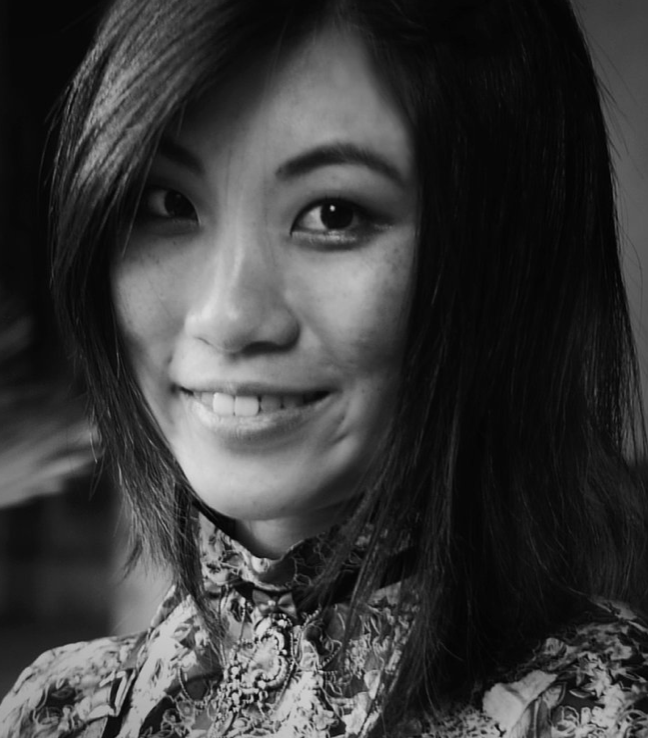
Beatrice Glow is a researcher, advocate, and multi-sensory artist working in the media of video, animation, sculpture, olfactory art, and performance. Her work centers around colonization, migration, and the indigenous communities that have been affected by these events. Glow engages members of these communities in her work to uplift their voices and, in her words, “shift dominant narratives” surrounding their experiences. Often, Glow’s work sheds light on parallel histories. For instance, the Rhunhattan: A Tale of Two Islands project highlights the similar fates of the Lenape Native Americans that resided on Manhattan before Dutch colonization, and the Bandanese people on the Indonesian island of Rhun, which was colonized by the English. Through use of virtual reality and participation from bearers of these cultures, Glow reimagines these landscapes as they were pre-colonization.
Some historical knowledge is necessary to fully engage with Glow’s Rhunhattan project, which has been ongoing since 2016. The Lenape tribe lived in the northeastern states (mainly NY, NJ, and PA) until the 18th century, when expanding Dutch colonies pushed the Lenape farther and farther west of their homelands. Many Lenape were killed by European settlers, and by the 1860s, the Dutch had pushed the remaining Lenape out of the northeast. In Manhattan, trails established by the tribe were renamed in Dutch (Broadway and the Bowery) and the island no longer bore the indigenous culture or population that was once vital. Today, the remaining Lenape live primarily in Oklahoma, with smaller communities in Wisconsin and Ontario, CA. Colonization and displacement sequestered the Lenape tribe far away from their home, and to this day, there is little formal commemoration or acknowledgement of the fact that Manhattan was originally indigenous land.
Before English colonization in 1616, the two-mile-long Indonesian island of Rhun was home to Bandanese people. During the Spice Wars of the 17th century, Rhun attracted European colonists due to its prosperous production of nutmeg and mace. In 1620, the Dutch forcibly took over the island from the English. After the second Anglo-Dutch war ending in 1667, the Dutch traded the English Manhattan for Rhun, and New Amsterdam became New York. During the contention over Rhun, notably, many of the island’s nutmeg trees were destroyed. At the same time, surrounding British colonies were taking trees from Rhun to plant in their colonies. In 1949, when Rhun was no longer a viable source of wealth, the Dutch abandoned the island. By that time, however, the landscape had vastly changed and the presence of indigenous people had largely been erased.

Using the 17th century spice trade as a jumping off point, Beatrice Glow’s work highlights the parallels between Lenape on Manhattan and Bandanese on Rhun, and seeks to facilitate a sense of healing and community. On her website, Glow refers to the spice trade as a “landmark exchange intertwined with violence, dispossession, forced migrations, and enslavement that fortified the trade networks that continue to shape our present.” Rhunhattan sheds light on the centuries old pain of indigenous communities and challenges its perpetuation. The project is ongoing and takes shape in many disciplines, one of which being video. Through the use of virtual reality, Glow creates a digital landscape that shows the island of Manhattan as it may have looked in the absence of colonization. Central to this project is Glow’s relationships with bearers of the Lenape and Bandanese cultures, with whom she hosts digital storytelling workshops that greatly inform the work. One video features members of the Lunaapeew Nation Brent Stonefish and his son, Xander Stonefish, singing a song composed by their family member. On top of the music, VR scenes are shown of Mannahatta as it was known to the Lenape who lived there–full of lush foliage and trails. Glow writes on her website that Rhunhattan is based on inter-generational storytelling between elders and young people as a means to preserve and reclaim indigenous cultures. The digital landscape is also continually revised according to feedback from culture bearers at the workshops Glow hosts.
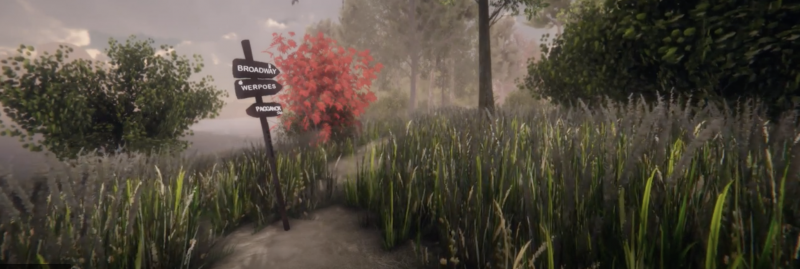
Alexandra Chang’s description of Glow’s work as a “slow practice” is apt. A big part of this project is the bonds Glow fosters in her workshops. To me, Rhunhattan is a very effective project because the work is basically an artistic byproduct of the vital connections Glow fosters in indigenous communities. Rather than simply displaying ramifications of colonization to the viewer, Glow is hands-on in her process, building trust and uplifting the voices of those who the work centers around. Rhunattan itself also exists for these communities, providing an immersive experience of indigenous landscapes in both Manhattan and Rhun that can function as a way to acknowledge their own existence before colonization, and ultimately, as a way to heal.
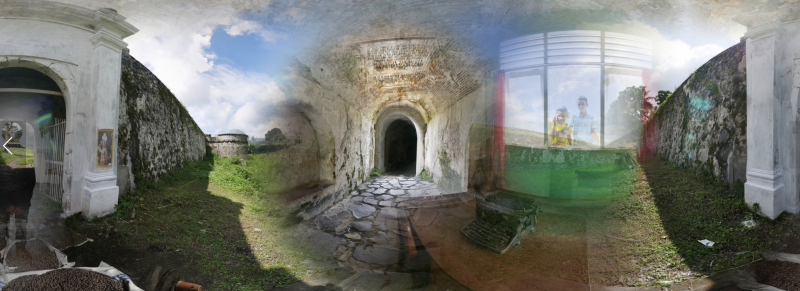
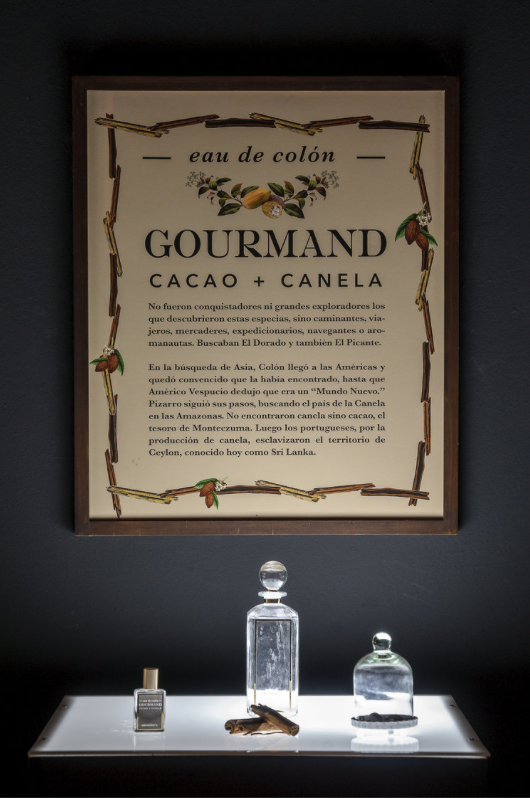
Aromerica Parfumeur is one of the most beautiful works that Beatrice Glow has done in her career which took place in August of 2016. Glow deepens the dependence of plants on the growth of Globalization through colonial commerce. She uses spices in an eloquent manner to use our olfactory senses to tell us a story. In the forms of different perfumes it teaches us different parts of a New World that came to be. Glow mentions “Perhaps one could say that spices such as nutmeg, cloves, cinnamon and black pepper were the petroleum of the 17th century. In many cases these spices were daily use items for the natives who once lived in these areas. Never did they think that these simple spices would create a bloody devolopment of globalization and an overuse of land that they cherished so much.(JT)

“Oro Negro, Pimienta Negra” translates to “Black Gold, Black Pepper”. This really opens up our imagination and to see black pepper on the same level as gold really makes you think. Many spices that were used by indigenous people was for self growth and healing never in a way to boost an economy or steal what was rightfully there’s. We see a level of greed tied to Colonialism which sickening. Glow goes to mention in her exhibit that many of the Conquistadores were behind the El Dorado(City of Gold), The Fountain of Eternal Youth, El Picante(The Spice), and El Pais de Canela (Country of Cinnamon). After this realization and a “New World” these would be not only the petroleum but the overtaking of the world. Indigenous people new these spices as way to heal and grow and were tricked and fooled by the Conquistadores as they brought these spices to them. A Globalization that led to the demise of many indigenous people as well as the beautiful land they have cultivated for years.(JT)
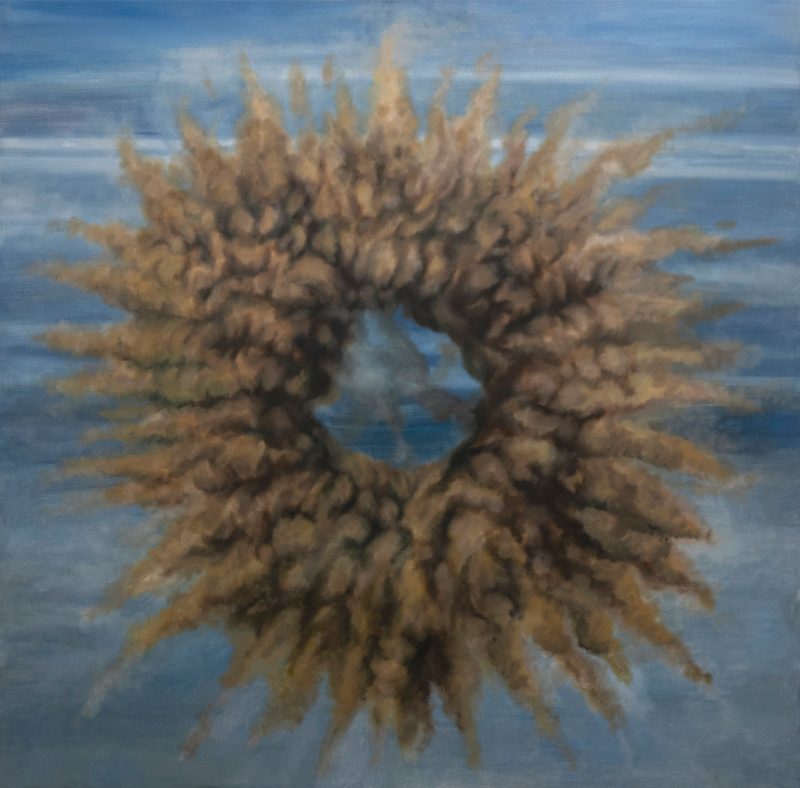
The Smoke Series by Beatrice Glow is one of a kind as she draws parallel to a world that once was. As we move into much more of a digital world and high use of electronic cigarettes and vape pens she draws parallel to Tobacco smoke as a “cultural root, a commodity, and a currency”(Glow). Glow’s work makes us think of the past, present, and what the future may consist of. This virtual world we are living in makes us forget about the importance of our past and the cultural roots behind it. Tobacco connects us to the land and the synthetic is taking us away from it. Tobacco is a way of life and a way to connect, its important not forget what has kept our traditions for centuries in a ever changing synthetic world.(JT)
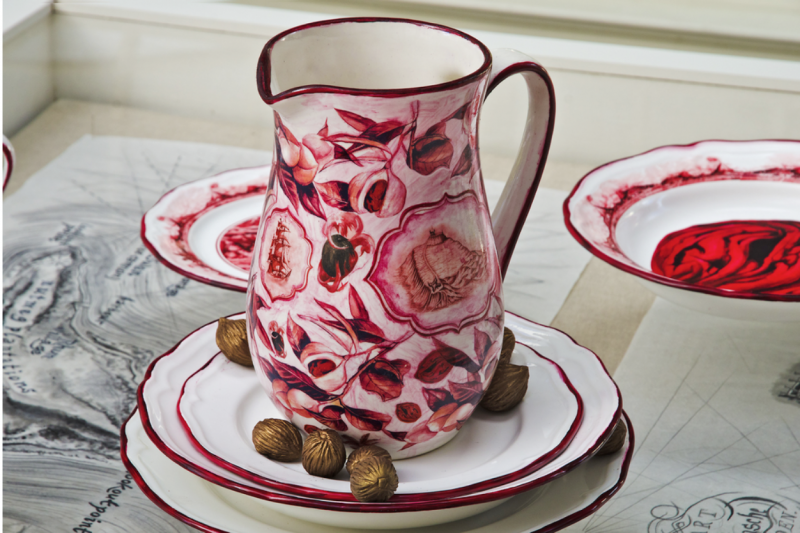
In 1667, the Dutch traded Manhattan for the English colony of Rhun, one of Indonesia’s nutmeg-rich Banda “Spice” Islands; This project connects the Bandanese of Indonesia and the Lenape (indigenous people of Manhattan) .The Rhunhattan Tearoom is a created Delftware tea set that contains colonial narratives, cartographic drawings of Rhun and Manhattan, and scents of colonial conflict that represent spice trade during the Age of Discovery. The reason for such imagery in the teaset is to emulate blood diamonds which were sold to finance war efforts. Although the tea set imbues a gloss like that of blind diamond, it does not capture the stench of greed, the social costs of exploitation. The steps to create this tea set were as follows: draw nutmeg at different growth stages, research archived images of colonial architecture and Spice War atrocities, printed them as decals and collaged them onto porcelain. The only colors used were Colonial Brick, Taboo and Nutmeg. Within the tea set painting there are catastrophic ink drawings of Rhun and Manhattan.